
The average Australian household could save between $1,400 and $1,800 over 10 years by replacing just ten 60-watt incandescent bulbs […]
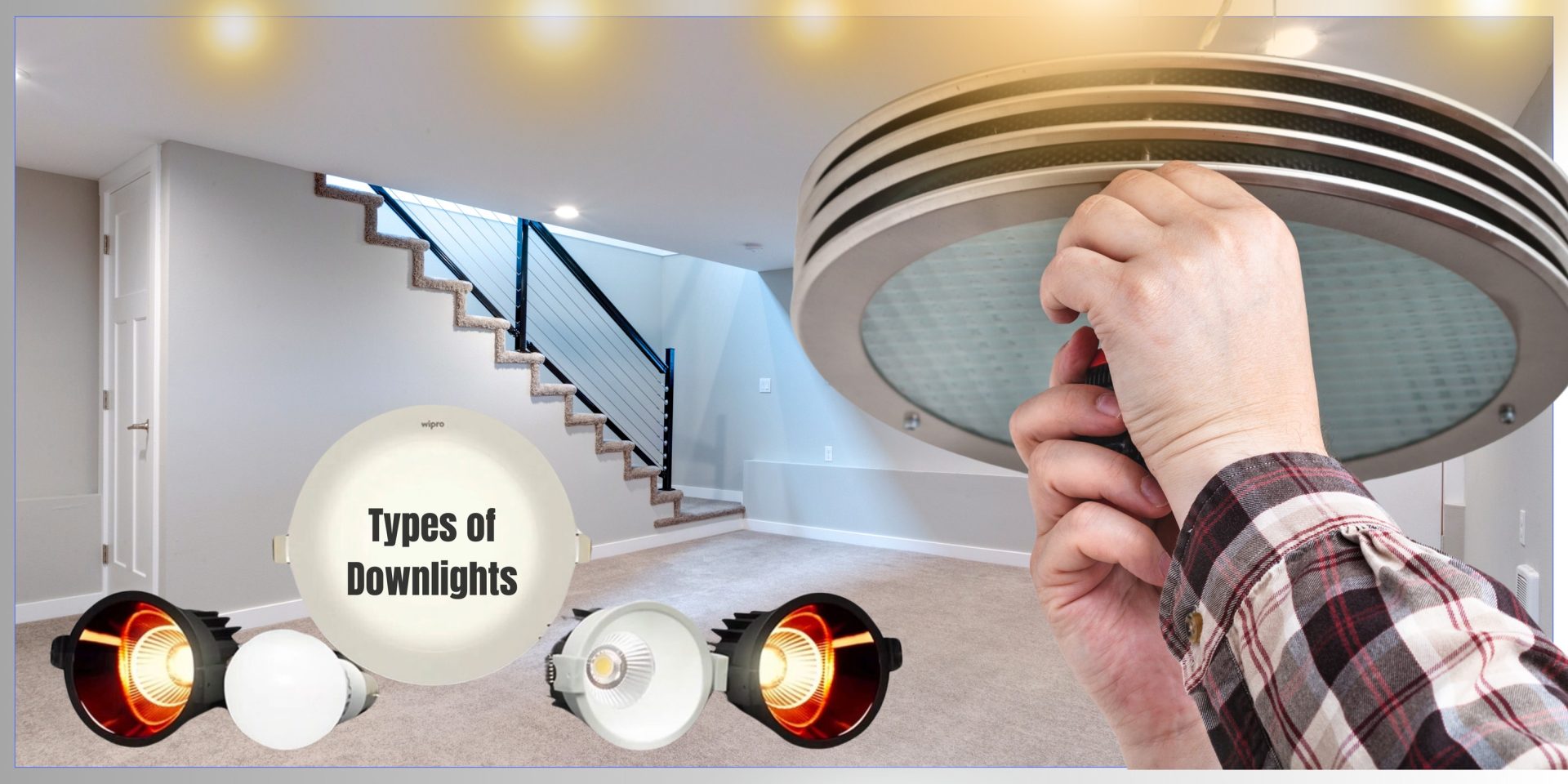
Stylish and adaptable, downlights are an essential part of contemporary lighting design.
Best known for their modern, recessed style, these lights are available in different varieties and options that meet multiple lighting needs and personal tastes.
Suppose you wish to establish the mood, showcase architectural details, or illuminate a space for practical uses at home, business, or in an outdoor space. In that case, you must be familiar with the downlight options available.
There are many types of downlights, including the traditional recessed style in addition to more modern varieties, such as adjustable, gimbal, surface-mounted, or fire-rated models.
The distinct characteristics of each kind allow them to meet a wide range of requirements and aesthetic goals.
Modern downlights, made possible by advancements in light-emitting diode technology, provide an alternative to traditional incandescent bulbs and are both energy-efficient and aesthetically pleasing.
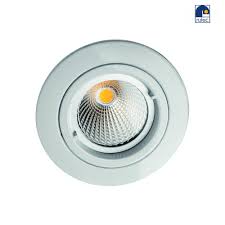
MR16 downlights are unique light fixtures that redirect the light from an MR16 bulb downwards.
These light fixtures are great since they disappear into your ceiling and don’t protrude, giving a more understated lighting scheme and enhanced output ambience.
The voltage many electrical products run at is far lower than the 240V AC mains supply that powers the equipment and outlets in your house.
These products are defined as low voltage in technical terms, and the same can be applied to low-voltage lights. Most low-voltage lights operate on 12V DC.
The transformer is specially designed to convert the incoming mains supply to 12V DC.
A special kind of transformer known as a driver is necessary for low-voltage LED lighting. It is important to note that they aren’t interchangeable, but knowing the difference is more crucial. A regular transformer is incompatible with LED lights.
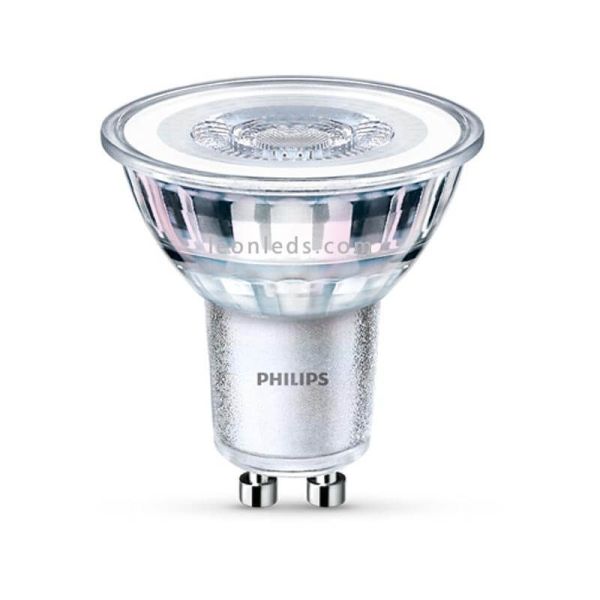
These days, most households include this type of spotlight bulb. Its primary function is to provide intense, focused illumination to certain areas.
The total brightness of the GU10 light bulb is immediately available, and it does not require time to warm up.
Regarding design and compatibility, the GU10 LED bulb is characterised by its twist-and-lock base, which has two pins, 10mm apart.
This design ensures compatibility solely with fixtures supporting GU10 bulbs, and also ensures that installation and replacement are a breeze.
Minimising Power Consumption: Compared to incandescent bulbs, GU10 LED bulbs use less energy. Lower power costs and fewer environmental effects are two benefits of their energy-efficient lighting.
In terms of benefits, the extended lifetime of GU10 LED bulbs is a major advantage.
Long operational periods between one replacement and the next are possible with these bulbs since their lifespan may reach 25,000 hours or more. Its longevity lessens the trouble and burden of maintenance and frequent replacement.
You can get GU10 LED bulbs in various colour temperatures and brightness levels to match your situation or personal taste.
They are available in a range of alternatives for different lighting atmospheres since they may create warm white, cold white, or daylight tones.
Emitting directed light is a distinctive feature of GU10 LED bulbs.
Accordingly, they are perfect for illuminating certain regions or objects, making them a popular option for track lighting, recessed ceiling lights, and display lighting in commercial and residential spaces.
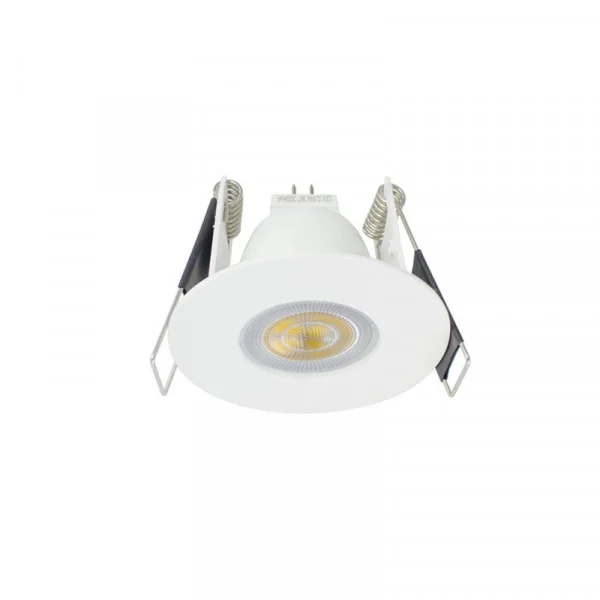
MR-11 is a high-power 1-watt LED bulb. 12V switching AC/DC Low power consumes only 1 watt, comparable to a halogen light bulb that uses 10 watts.
The available colour output options are white, sunshine white, and warm white. The dimensions of this product are approximately 2.06 by 1.36 by 0.69 inches.
You can’t turn this light down. Various gx4.0 and gu4.0 bases should be able to accommodate this little bi-pin base.
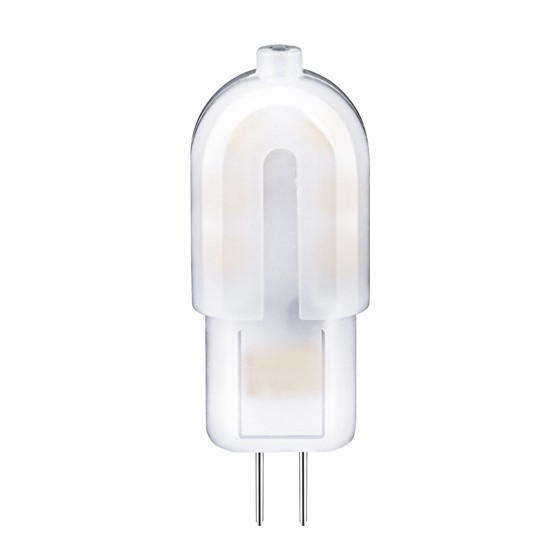
These are two types of capsule bulbs: G9, which operates on the mains voltage (220-240V), and G4, which operates on a low voltage of 12V to 24V. A compatible transformer must be installed to convert the mains voltage to a lower voltage suitable for the G4 bulb.
Halogen and LED capsules are perfect for the tiniest of light fittings, and they are often used in cooker hoods, under cabinet lighting, and integrated light fittings. Despite their compact size, they provide a bright light.
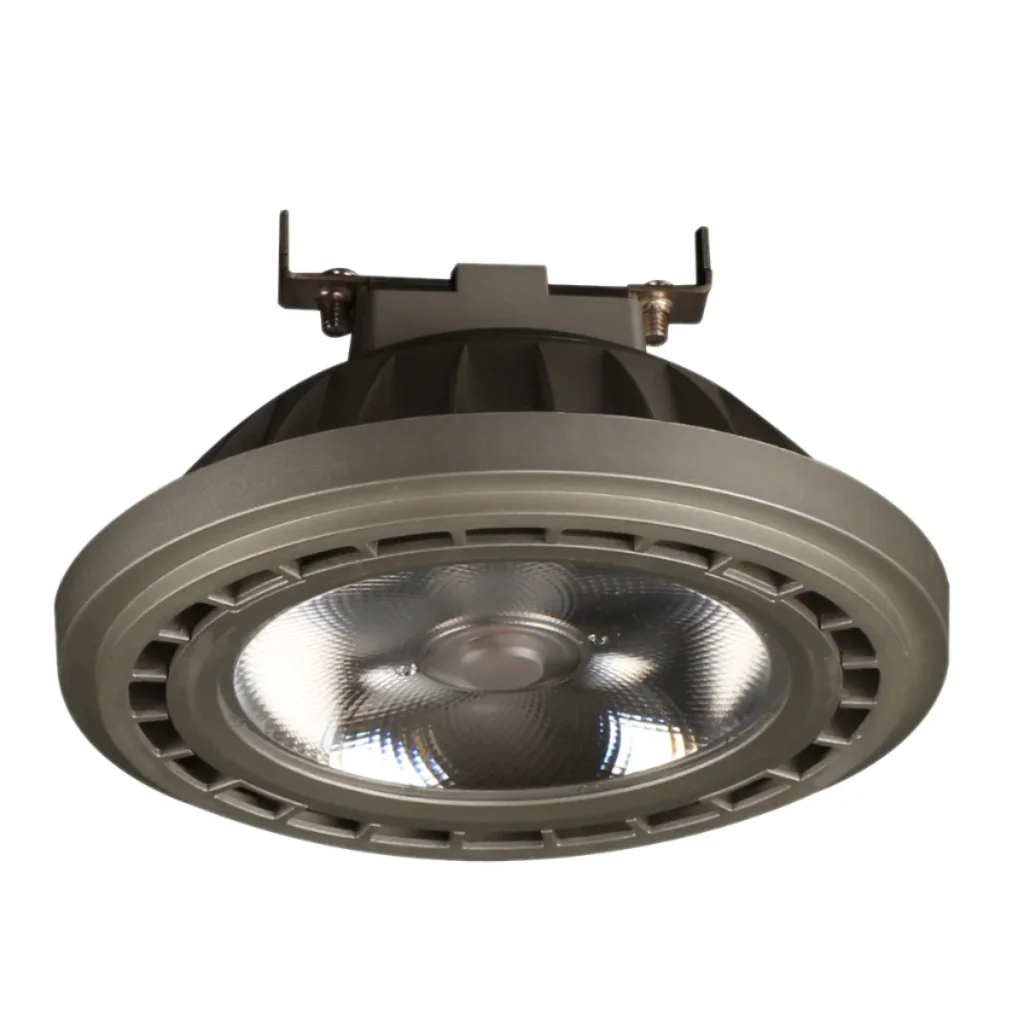
ARK112 G53LED Modern, state-of-the-art LED lighting includes spotlights and is available in a variety of colours and beam angles. Because of their low power consumption—sometimes as little as 1 or 2 watts—LED lights provide an opportunity for energy savings.
Many of these lights have a lifespan of 20 or 30 times that of their predecessors, more than compensating for the initial investment.
Unlike the more compact GU10 and MR16 lights, AR111 LEDs provide a more prominent light output, and because of their larger size and higher light output, this specific type of LED light is often employed in commercial settings.
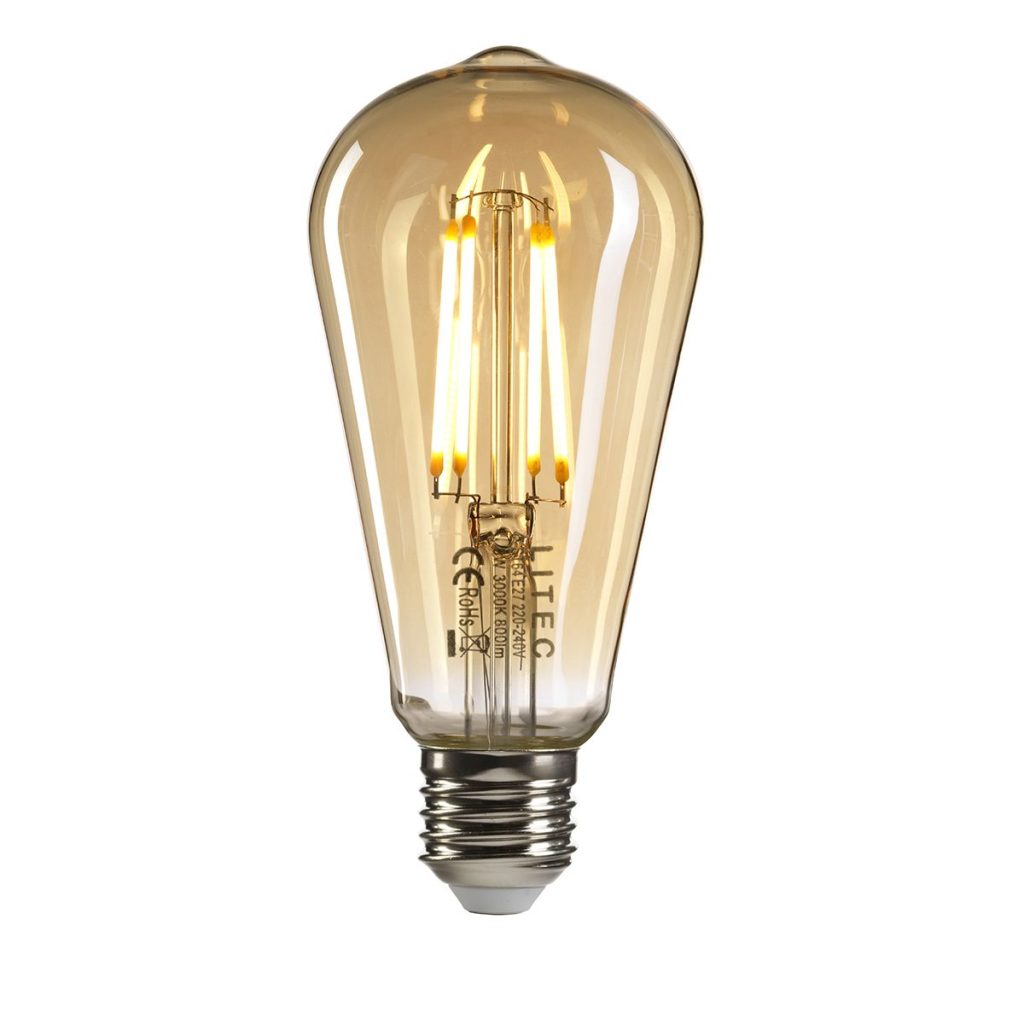
Featuring a high-quality LED clear filament beneath an utterly see-through glass cover, these vintage golf light bulbs are perfect for any space and help you save money on your energy bill while creating a lovely ambience.
You may save money on energy consumption costs by switching to an LED bulb from an incandescent one, as they consume at least 75% less electricity.
Maintenance costs are reduced since LED types outlast incandescent and fluorescent lights by a factor of 35 to 50 and 2 to 5 times, respectively. LED lights last longer, don’t heat up, and aren’t fragile.
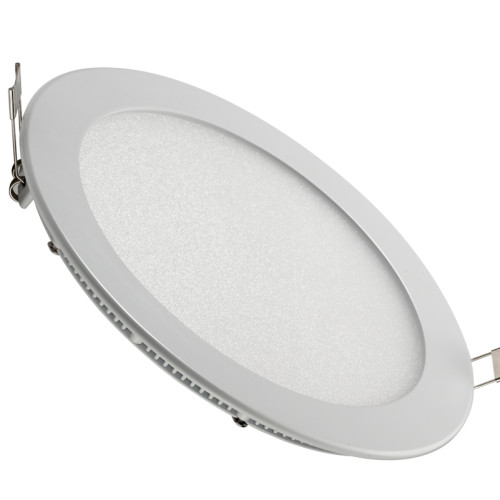
Electricity and gas work together in PL lamps, or twin-tube compact fluorescent lamps, to create light.
If you wish to choose the best lamp that satisfies your purposes, you need to familiarise yourself with how they work and what features they have:
Power: PL bulbs range from 5 to 55 watts. Wattage affects light bulb brightness and electricity use.
A light bulb’s lumen output indicates brightness. Smaller PL bulbs produce 300 lumens, whereas the larger, high-wattage bulbs provide 5,000 lumens or more.
Colour temperatures vary for different requirements and settings, and PL bulbs provide several alternatives. Depending on the use, they may be hot (2700K) or cold(5000K).
Downlights are classified in different Mounting styles, which we have discussed below.
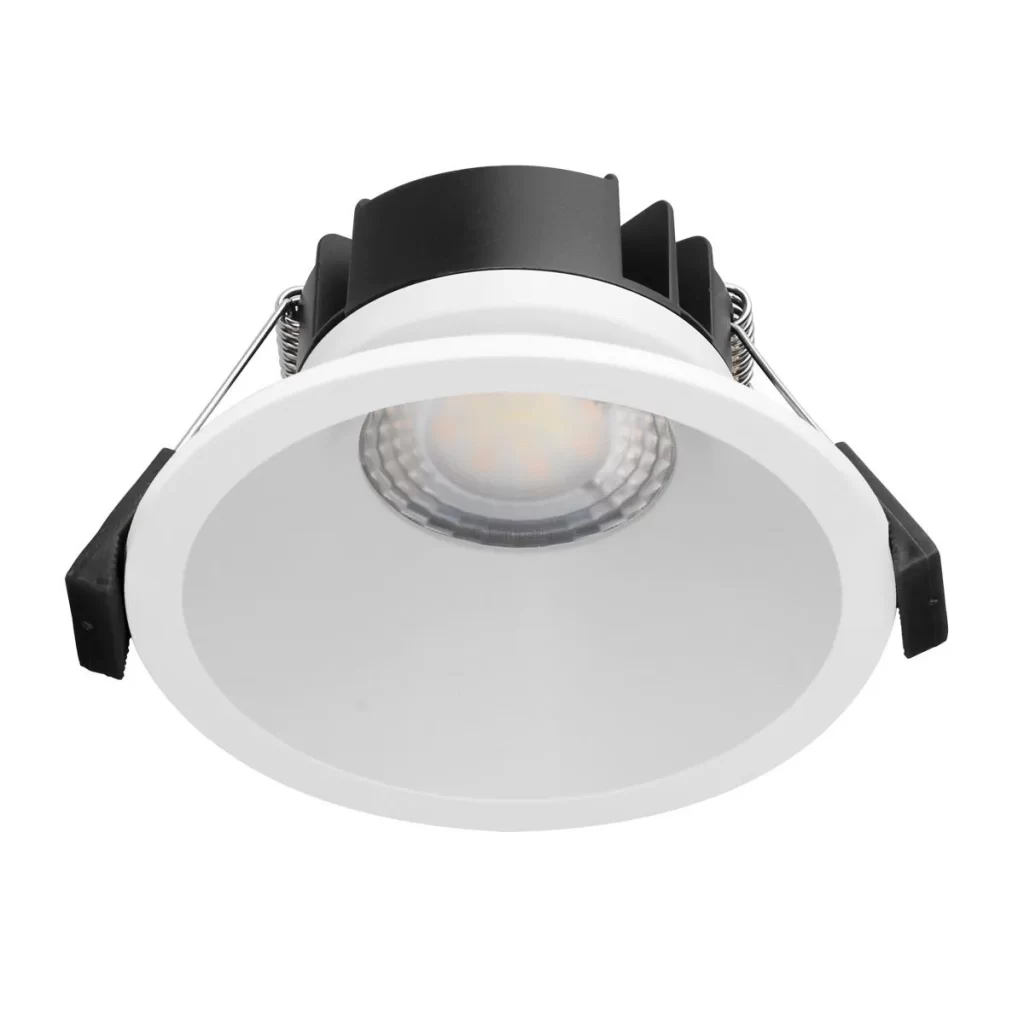
These are the most popular lights you will find in Australian homes.
They sit flush against the ceiling, giving a sleek modern finish without protruding edges. Recessed downlights are perfect for kitchens, living areas and hallways, where any form of protruding fixture may compromise the clean look you are after.

Surface-mounted downlights are simply that, mounted directly on the ceiling surface rather than recessed or embedded in the ceiling.
They work extremely well when you are unable to provide any cut-ins or recesses for the lights (Examples include concrete ceilings or very limited clearance). They still produce the same strong even light but provide some aesthetic details.
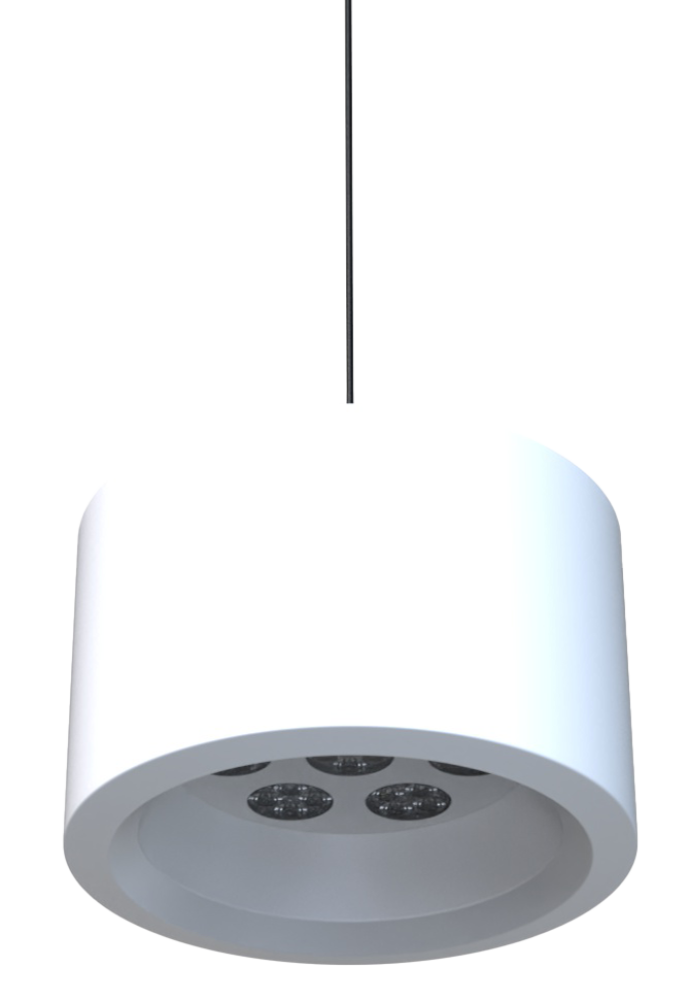
Suspended downlights can be hung from a rod or cord, and they tend to work best in environments with high ceilings or open plan spaces. They are extremely common in industrial style homes, or warehouses, or somewhere commercial where lighting is also a design feature.
Adjustability refers to how much control you have over the direction of light after a downlight is installed.
Fixed downlights are the simplest style of downlight. Once the light is positioned, it can no longer be adjusted so it will only be emitting light straight down.
Fixed downlights are well-suited for spaces that require overall uniform light levels to the environment (hallways, offices, bedrooms) and are typically less expensive than the other options.
Also called gimbal downlights or tilt downlights, they provide the option of obtaining adjustable angles. This is helpful for highlighting a feature wall, highlighting a painting or directing light onto a kitchen work surface.
They allow flexibility of direction without having to adjust the entire fixture, which is necessary for specific lighting needs.
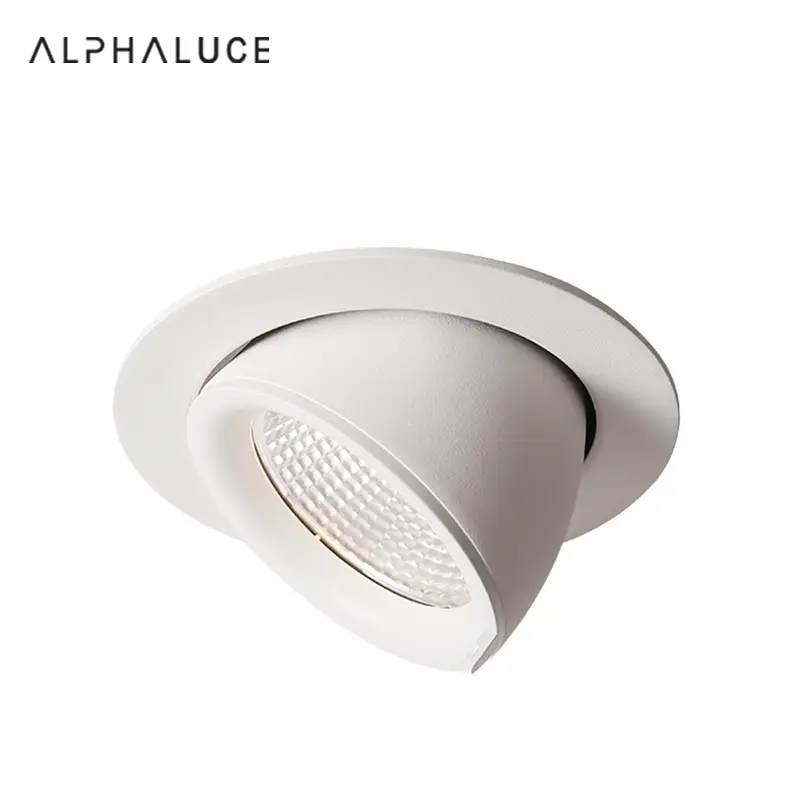
Rotatable downlights provide the best options for versatility. The light source can swivel about the entire head of the downlight, allowing you to redirect the light at will, which is very useful for different configurations (think two rooms combined into one) and/or seasons.
Rotatable downlights are very useful in commercial environments, showrooms or multi-purpose rooms that may have the requirements for light change often.
The beam angle refers to how wide the light will spread from the downlight. This is important for mood, brightness, and coverage of an area.
Narrow beam downlights (roughly 15–30°): They concentrate light into a small cone. They produce dramatic effects and would be ideal for highlighting a painting, plant or architectural features without spilling light on other areas.
Medium beam downlights (30–60°): They will disperse a balanced negative space of light, and it’s for this reason they are the most common option for living rooms, kitchens and offices as they offer good coverage and define the area.
Wide beam downlights (more than 60°): Offer a wider dispersion of light, flooding an area with light. They are most appropriate for open-plan spaces, retail shops or large meeting rooms where there is a need for brightness across a large area.
Downlights are available in a variety of lighting technologies, each of which has its pros and cons.
LED Downlights
The most popular currently.
They produce minimal heat, are long-lasting, energy-efficient, and come in a variety of colour temperatures. They range from warm white to cool white. There are many types of LED downlights and products available for use in homes and commercial properties.
Halogen Downlights
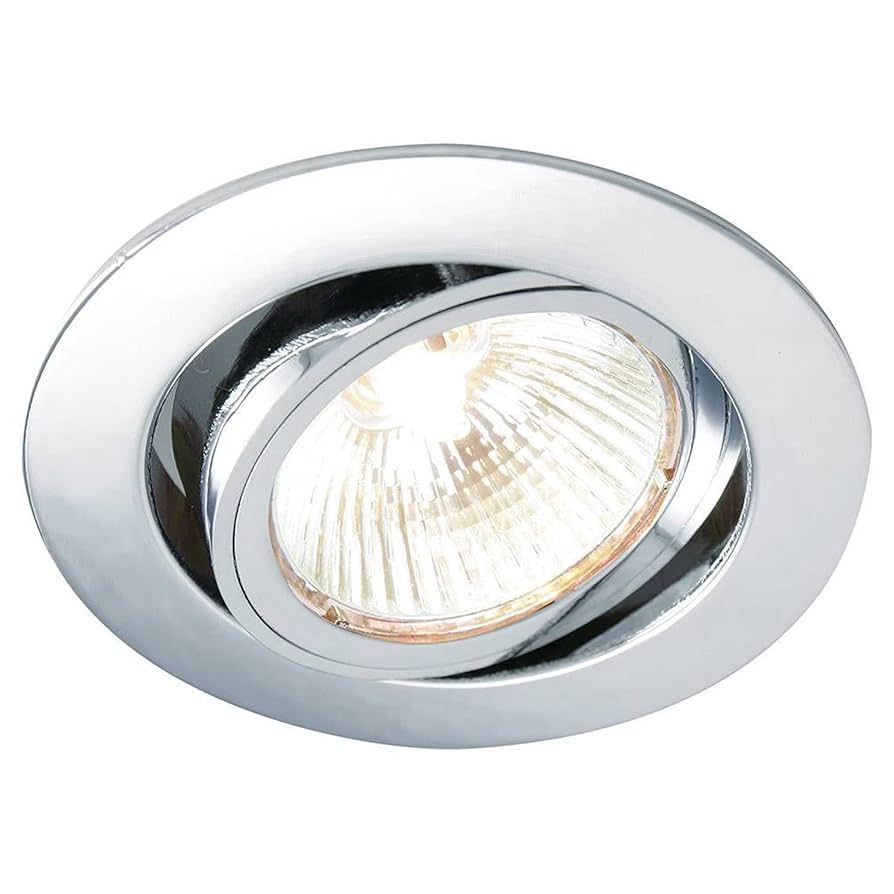
The most common type previously. Halogens produced a bright, crisp light, with good colour rendering properties. Halogen downlight use is reducing due to their energy consumption and significant heat generation, which encouraged the transition to using LED downlights.
Fluorescent Downlights:
known to produce good diffused illumination, and are quite energy efficient.
Mainly used in offices, retail spaces, and other types of commercial sites. Longer lasting than halogens, but not as low-profile due to size and bulk – they may also require special disposal due to being mercury-based.
Smart Downlights
Smart downlights combine LED technology with integrated wireless capabilities, allowing for control features like dimming, colour changes, and scheduling via apps or voice command.
The selection of downlighter products depends on energy goals, comfort, and the features required.
The shape and trim of the downlights are also important features of their overall look in the space, not just their function.
Round downlights
The most popular example, and its classic shape, fits into almost any space, providing the most balanced light and a clean, classic shape.
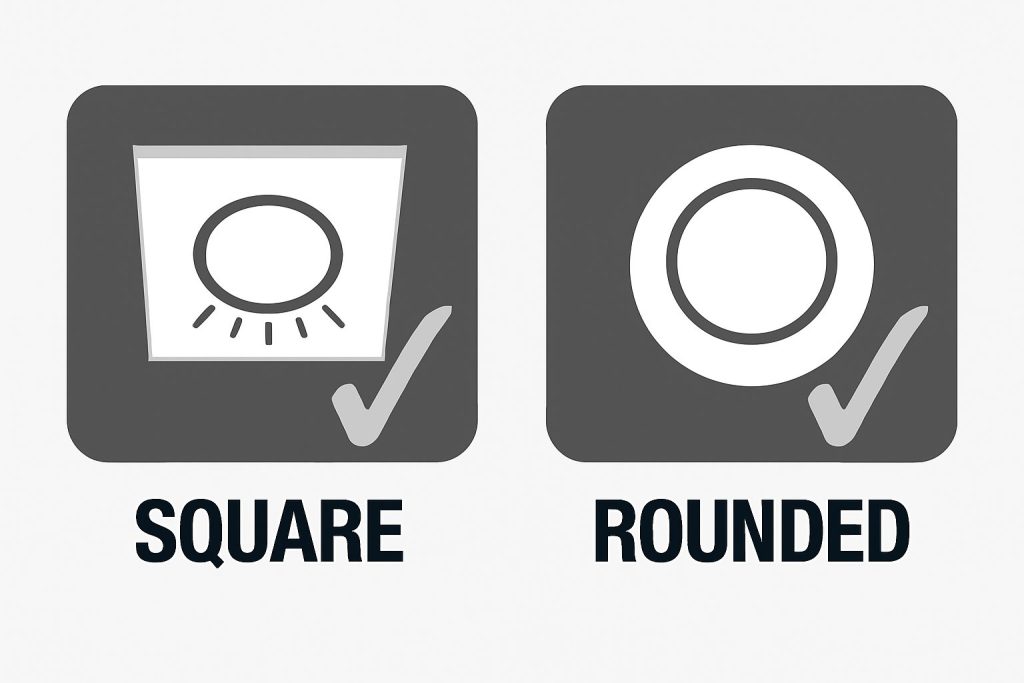
Square downlights
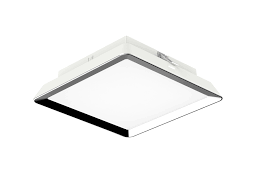
All designed for a modern look, square downlights work in contemporary interior spaces, leaving sharper lines and a more structured look overall.
Trimless downlights
Recognised for being able to blend into the ceiling as if they are not really there, with only the light visible.
This popular style for luxury homes and high-end retail environments looks and feels very minimalist, even with the option to add back-lighting around the trimless fixture.
Decorative trims
Available in different finishes, such as brushed nickel, chrome, black, or gold, lighting can now be used as an accent piece instead of always being hidden out of view.
LED downlights come in a variety of options specific to each environment, so if you get the right type, you should be set from a safety and performance perspective.
Indoor downlights
These are best for living rooms, kitchens, bathrooms, and hallways. There are many forms, styles, and brightness levels of downlights to complement any interior design.
Most outdoor downlights are frostproof and can withstand exposure to rain, wind, and temperature. They are often used for soffits, porches, and other covered exterior areas to add security and visual appeal.
IP-rated downlights
WET-rated downlights are considered IP-rated and provide extra protection from moist environments. Whether your project is in a bathroom, laundry, or outdoors with any probable water exposure, IP-rated downlights are essential. An IP44 or higher rating is generally advised when purchasing downlights with water resistance.
Smart downlights merge innovative lighting design and modern tech, giving you added control over brightness, colour, and energy consumption.
Smart downlights connect to wi-fi, or also use Bluetooth, letting you change the settings from your smartphone, tablet, or even a voice assistant (such as Alexa or Google Home).
Most models let you set colour temperatures from warm to cool, or choose from a seemingly unlimited pool of colours to match your ambience, mood, or occasion.
They are also programmable, so you can set them to turn on when you are coming home or slowly dim at night to promote sleep. Some even interface with motion sensors or home security systems.
Energy-efficient downlights are designed to provide bright, quality lighting while using less electricity. They typically use LED or CFL technology, which consumes far less power than traditional halogen bulbs and lasts significantly longer.
These downlights are ideal for homeowners who want to cut energy bills without compromising on style or performance.
Many are rated under the Australian energy efficiency standards, meaning they meet strict guidelines for low power consumption and high lumen output.
Some models also include dimming capabilities, motion sensors, or daylight sensors to further reduce unnecessary energy use.
Their low heat output helps maintain room temperature, which is especially useful in air-conditioned spaces.
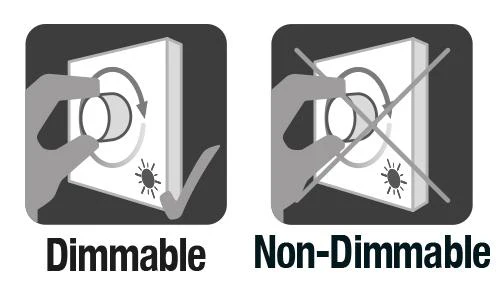
Choosing between dimmable and non-dimmable downlights affects mood, energy savings, and how well the lights work with existing switches.
Pros of dimmable downlights
Cons
Pros and Cons of Non-dimmable
Pros
Cons
What type of recessed downlight is best for my home?
For most homes in Australia, LED recessed downlights are very popular because they use low energy, are slim and sleek, and last a long time.
Are dimmable recessed downlights worth it?
Yes, if you want to be able to vary the brightness and ambience. Dimmable recessed downlights are excellent for living rooms, dining rooms, and bedrooms.
Can I use downlights in wet areas like bathrooms?
Yes, but you should use recessed downlights, which have a rating of IP44. They are rated for water ingress and safety.
What is the difference between fixed, adjustable and rotatable recessed downlights?
Are smart downlights hard to install?
No, mostly they will be connected by Wi-Fi or Bluetooth and can be controlled via an app on your phone or a smart assistant such as Alexa or Google Home.
What downlights are suitable for outdoor use?
You want weatherproof outdoor downlights, preferably with a high IP rating (so IP44 or higher) if you are looking at using them in a soffit, porch, or canopy.
Do LED downlights save you money?
Yes, they can use up to 80% less electricity than halogen lights, plus the lifespan of LED lights is considerably longer, meaning you pay reduced power bills and don’t need to purchase replacement lights.
How do I know if my dimmer is suitable for use with LED downlights?
You should check if the dimmer is an LED-compatible (trailing-edge) dimmer switch and make sure its load requirements will match your lights’ load as best as possible to avoid flickering, flashing or buzzing.
There are many types of downlights to choose from to find the perfect lighting solution for any room and choice.
Downlights are available in various styles and designs, from the more conventional recessed types to more modern, inventive options.